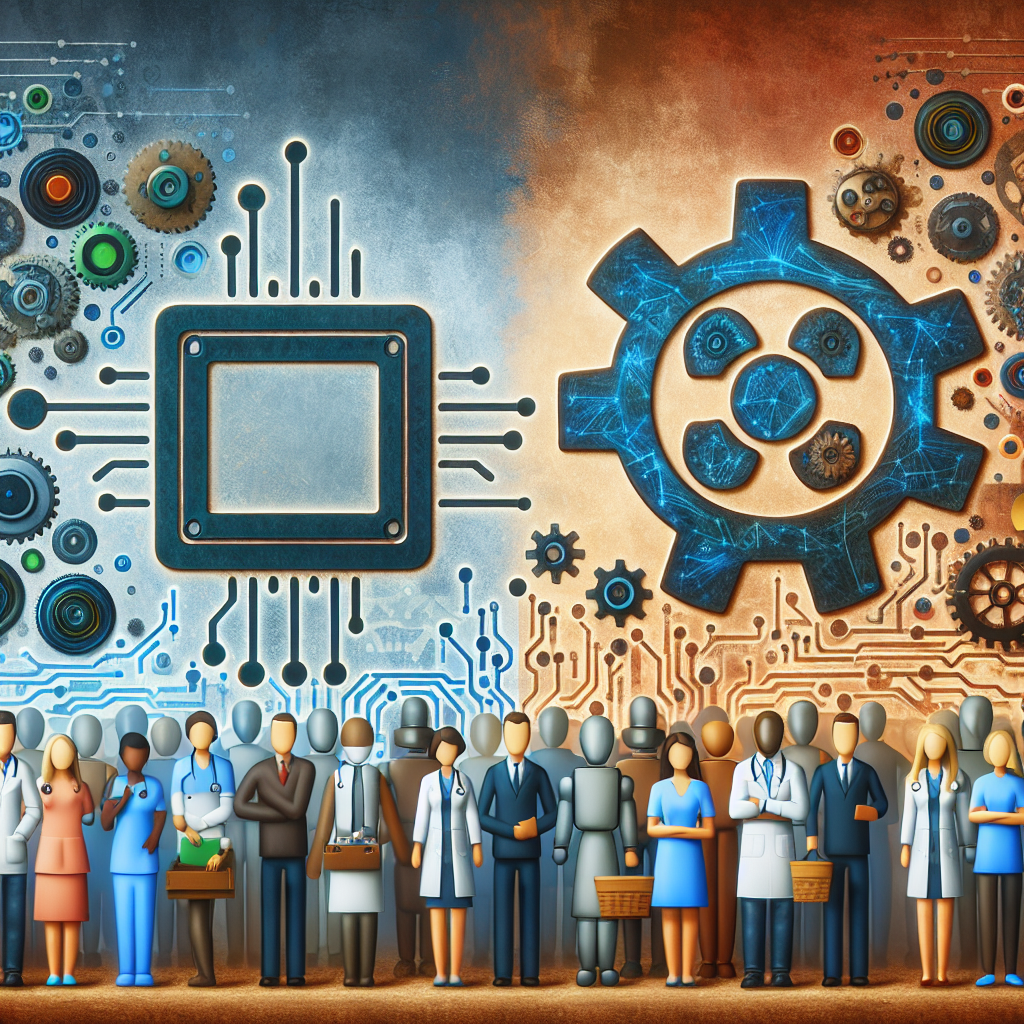Artificial Intelligence (AI) and Machine Learning are two terms that are often used interchangeably, but they actually refer to two different concepts. AI is a broad field of computer science that aims to create machines that can perform tasks that typically require human intelligence, such as problem-solving, decision-making, and language understanding. Machine Learning, on the other hand, is a subset of AI that focuses on the development of algorithms that allow machines to learn from and make predictions or decisions based on data.
The impact of AI and Machine Learning on society is vast and far-reaching, with both positive and negative consequences. In this article, we will delve into the differences between AI and Machine Learning, discuss their impact on society, and address some frequently asked questions about these technologies.
AI vs. Machine Learning: What’s the Difference?
AI is a broad field that encompasses a wide range of technologies and applications, including Machine Learning, natural language processing, computer vision, robotics, and more. Machine Learning is a subset of AI that focuses on developing algorithms that allow machines to learn from and make predictions or decisions based on data.
In simple terms, AI is the overarching concept of creating machines that can perform tasks that typically require human intelligence, while Machine Learning is a specific approach within AI that focuses on developing algorithms that enable machines to learn from data.
Impact on Society
The impact of AI and Machine Learning on society is significant and multifaceted. On one hand, these technologies have the potential to revolutionize industries, improve efficiency, and enhance our quality of life. On the other hand, they also raise concerns about privacy, security, job displacement, and ethical implications.
Positive Impacts:
1. Improved Healthcare: AI and Machine Learning have the potential to revolutionize healthcare by enabling early disease detection, personalized treatment plans, and improved patient outcomes.
2. Enhanced Efficiency: AI and Machine Learning can automate tedious and repetitive tasks, freeing up human workers to focus on more strategic and creative endeavors.
3. Enhanced Customer Experience: AI-powered chatbots and virtual assistants can provide round-the-clock customer support, improve response times, and enhance customer satisfaction.
4. Increased Safety: AI and Machine Learning can be used to detect and prevent fraud, identify security threats, and enhance public safety.
Negative Impacts:
1. Job Displacement: AI and Machine Learning have the potential to automate many jobs, leading to concerns about widespread job displacement and unemployment.
2. Privacy Concerns: AI and Machine Learning rely on vast amounts of data, raising concerns about privacy, data security, and the misuse of personal information.
3. Bias and Discrimination: AI algorithms can inadvertently perpetuate biases and discrimination present in the data they are trained on, leading to concerns about fairness and accountability.
4. Ethical Dilemmas: AI and Machine Learning raise complex ethical questions about the use of autonomous systems, decision-making algorithms, and the impact of these technologies on society.
Frequently Asked Questions:
Q: What is the difference between AI and Machine Learning?
A: AI is a broad field of computer science that aims to create machines that can perform tasks that typically require human intelligence. Machine Learning is a subset of AI that focuses on developing algorithms that allow machines to learn from and make predictions or decisions based on data.
Q: How are AI and Machine Learning used in everyday life?
A: AI and Machine Learning are used in a wide range of applications, including virtual assistants, recommendation systems, fraud detection, autonomous vehicles, healthcare diagnostics, and more.
Q: What are some examples of AI and Machine Learning technologies?
A: Some examples of AI and Machine Learning technologies include self-driving cars, facial recognition systems, chatbots, predictive analytics, and voice recognition software.
Q: What are the ethical implications of AI and Machine Learning?
A: AI and Machine Learning raise complex ethical questions about the use of autonomous systems, decision-making algorithms, bias and discrimination, privacy, and accountability.
Q: How can we ensure that AI and Machine Learning technologies are used responsibly?
A: Responsible AI and Machine Learning practices include ensuring transparency, fairness, accountability, data privacy, and ethical decision-making in the development and deployment of these technologies.
In conclusion, AI and Machine Learning have the potential to revolutionize industries, improve efficiency, and enhance our quality of life. However, they also raise concerns about privacy, security, job displacement, and ethical implications. By understanding the differences between AI and Machine Learning, as well as their impact on society, we can better navigate the opportunities and challenges presented by these transformative technologies.

